Today’s WOVEMBER WORDS post explores the term KnitBritish as it appears in Louise Scollay’s Knit British Breed Swatch KAL. To tie in with yesterday’s post by Tom, the yarn featured in this post is from South Downs Yarn.
#BreedSwatchAlong
| What are we doing?
Using British breed wool, or wool from our local area, we will be knitting a square swatch and noting observances each stage of the knitting process from fibre, where applicable, from skein to square. This swatchalong is about celebrating the natural textures, colours and characteristics of single breed wool.| What are the rules?
– Your wool needs to be British breed wool from the British isles (KnitBritish)OR
– any breed wool that is local to you, including British breeds which are located outside the British isles (KnitLocal)
– definitions taken from the KnitBritish website here
KnitBritish
Several folks have asked recently whether WOVEMBER is only about British Wool because we do tend to feature more producers and mills from the UK than anywhere else! Rest assured, Wovember is about celebrating ALL wool and certainly not just wool from the UK. However, integral to our annual celebration is a deep foray into the supply chain behind this magnificent textile. We are interested in the cultural history of the wool trade and the many stages of processing and manufacture between its life as the fleece of a sheep and a textile with which we can work. You can see the evidence for this in the many pieces that we have individually created over the years by going to mills, meeting farmers, photographing sheep for ourselves and visiting suppliers and interviewing them face to face.
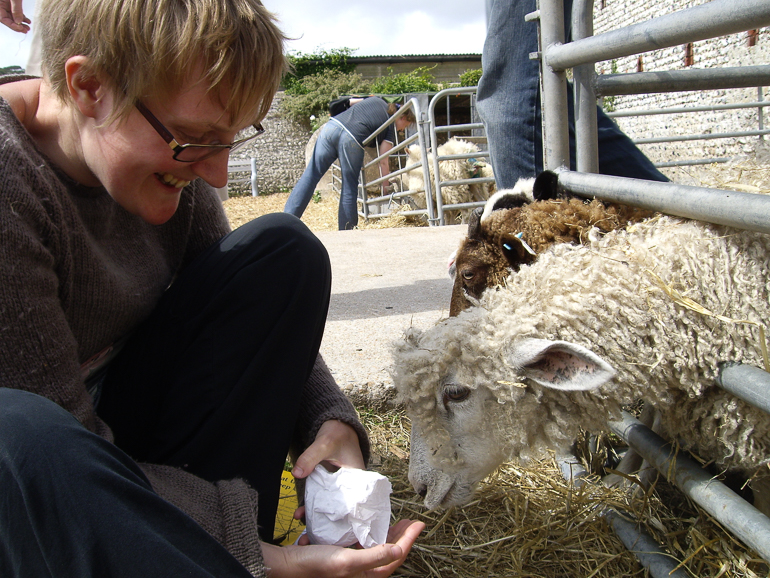
When trying to understand the supply chain from sheep to shoulders, the immediate environment is most accessible and affordable for curious adventures and investigations! To understand the provenance of wool, nothing really beats fieldwork. Meeting the sheep from which it came, walking the hills on which they grew, touring the mills in which their fleeces are spun etc. etc. you get the idea. And currently all of TEAM WOVEMBER reside in the UK which explains the bias of our articles towards the history of British wool. Why focus on supply chains which we cannot explore for ourselves when there is such a wealth of woolly goodness right here on the doorstep?
However when we write about British Wool we certainly do not mean for the focus to seem exclusionary to wool production in other countries. Instead, we hope to model a level of passion and curiosity that can be practiced anywhere in the world where there are sheep and a related wool trade.
As a resident of the UK, this is where I live and knitting with wool grown and spun in the British Isles from UK sheep means tapping into textiles that are locally available. That is what it means to me to KnitBritish.
The KnitBritish Breed Swatch KAL
When comrade Louise announced the Breed Swatch KAL I was really excited. I love swatching breed specific yarns and learning about the characteristics of different breed-specific yarns, and Louise has a real knack for bringing folk together in joyous woolly endeavours. What could be better than swatching with wool and sharing my discoveries with comrades through instagram, Ravelry and other online channels?
Then I heard Louise Spong speaking about South Downs Yarn in an interview on the Playful Day podcast and knew at once that this must be my first yarn with which to swatch, KnitBritish style.
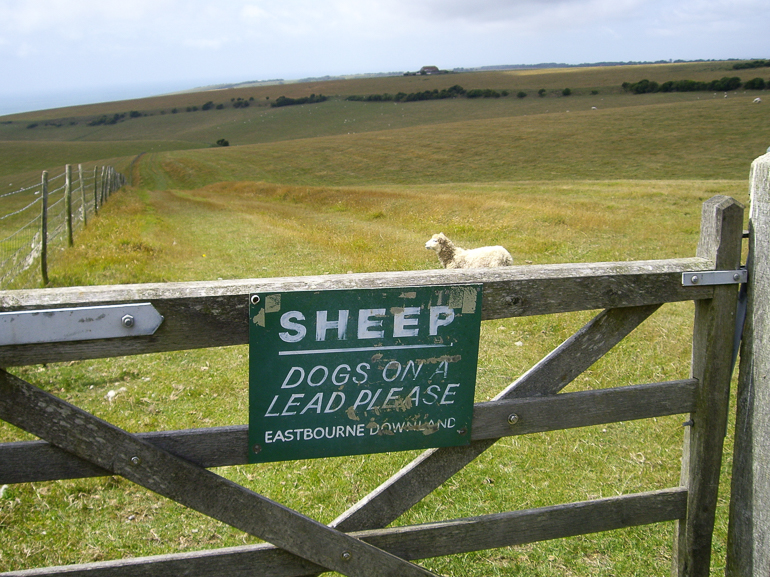
Sussex – the county from which the Southdown sheep breed hails – is close to my heart.
I grew up in Croydon on the outskirts of London and the southeast coast was a popular destination for our family of six with our dogs. We went to Sussex and the neighbouring county of Kent for many day trips, camping adventures, and long walks on the beach. (Often in the rain.) I love this area.
As an adult, when I began seriously investigating the provenance of textiles, Sussex was one of the first places to which I traveled… I was drawn to the rolling hills of the Downs, the spectacular chalky cliffs of the coastline, and the story of the special sheep that graze there.
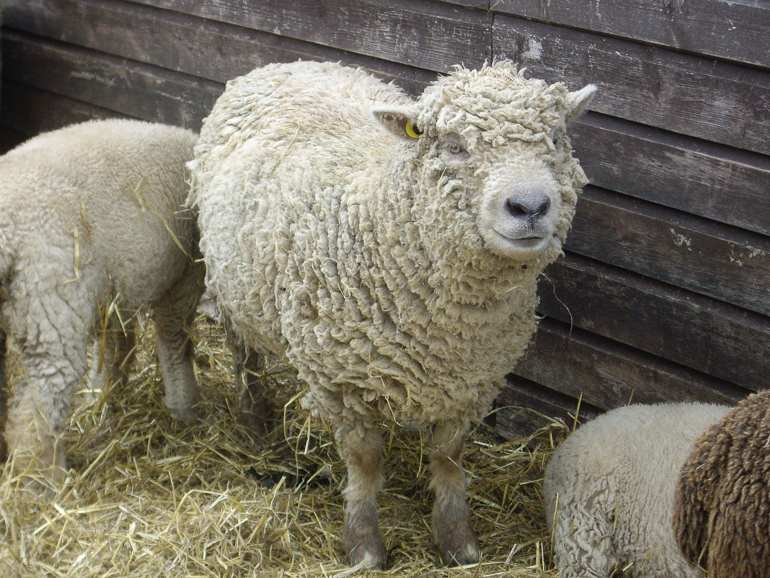
I wrote about my adventures in Sussex and the neighbouring county of Kent for Twist Collective in a piece called “The Knitting Tourist“, but at the time when I was researching that piece, it was difficult to find yarn from the Southdown breed with which to knit.
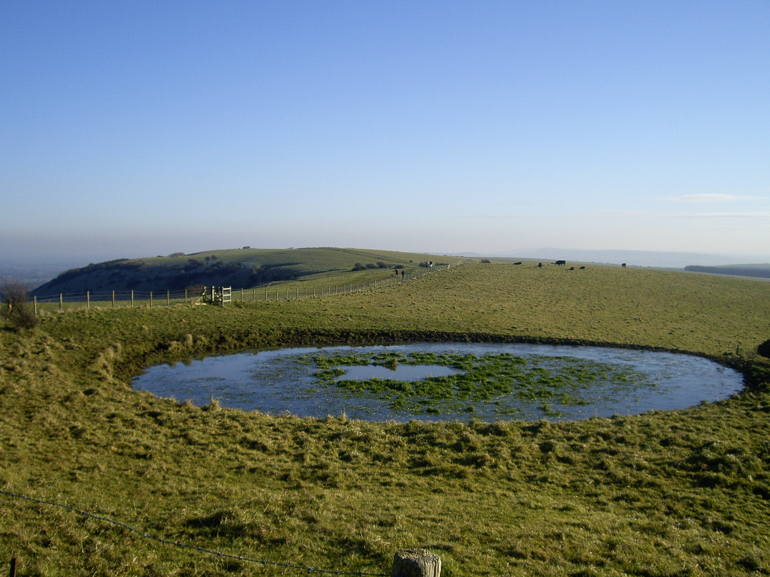
Happily thanks to Louise Spong of South Downs Yarn and the shepherd with whom she works – David Burden – that is no longer the case. So this autumn I have been revisiting my memories of Sussex by knitting with yarn from sheep which, like me, have strong ties to this particular geography.
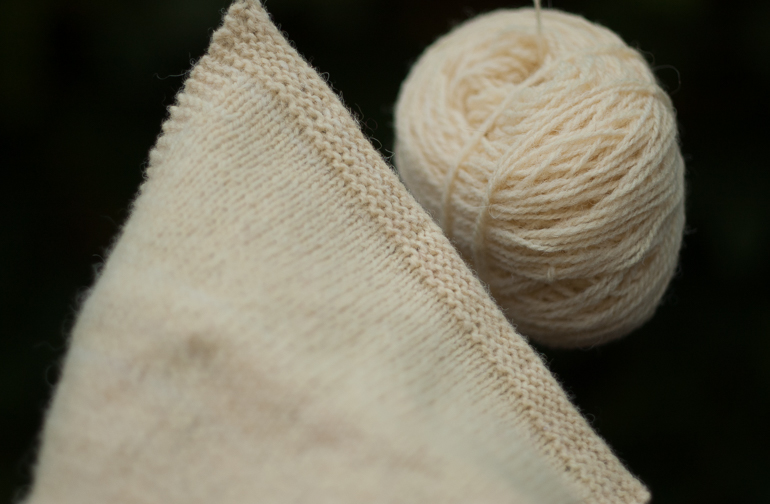
The first thing I noticed about this woolly yarn was its distinctive matt appearance and apposite name: chalk path. The yarn is the colour of clotted cream, a non-uniform golden white, with superb stitch definition and an ultra-matt finish.
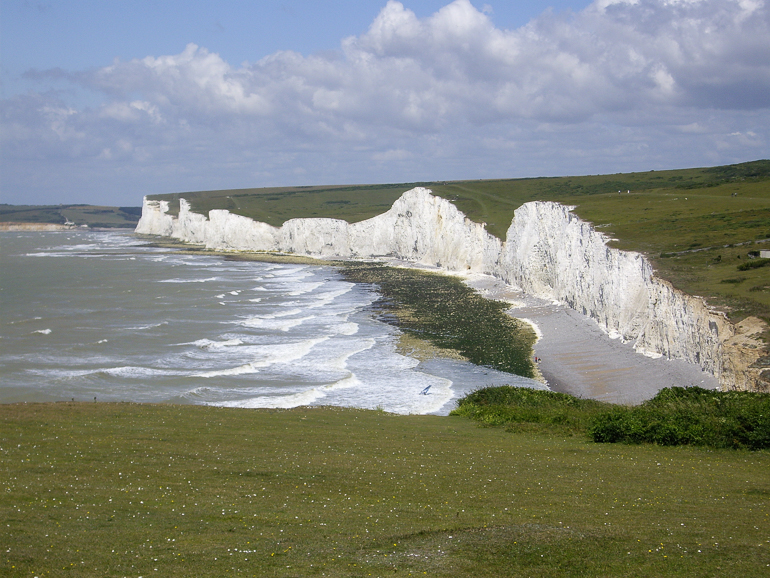
It reminds me of the cliffs that stretch out ahead along the south coast path.
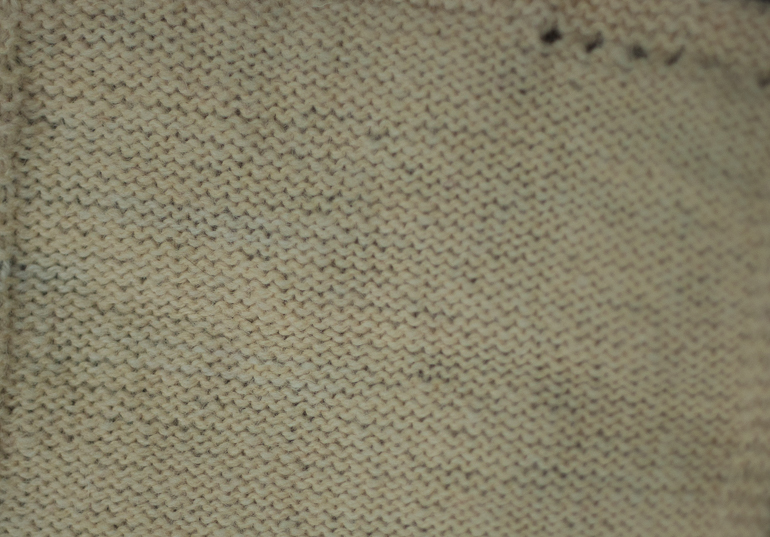
Crisp and bouncy at first touch, squishing a ball of it in my hands gave an instant impression of warmth and substance. There is air trapped in those lofty plies, but the wool itself has a solidity. There is a pleasant crunchiness that speaks of grasslands battered by sea air, and sheep sturdy enough to graze there.
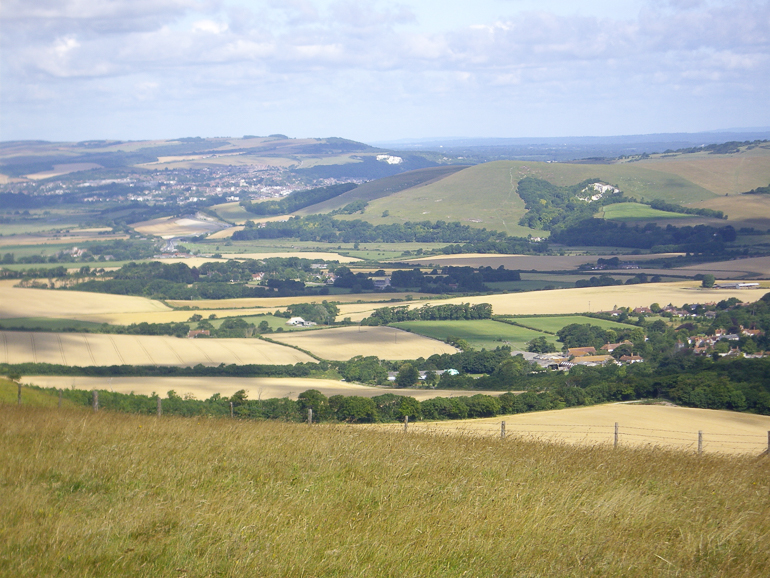
I worked this yarn at a gauge of 31sts /45rows over 10cm x 10cm / 4” x 4” square stocking stitch. At this gauge South Downs Yarn produces a lovely firm fabric. I found it a little toothy on my fingers whilst knitting but this was not an unpleasant sensation and when I blocked my swatch, a pleasing bloom of tiny little kinks and curls formed over its surface. I’ve written a full review of the yarn here but generally I feel this yarn would be superb for small, fine items that see a lot of wear and that need to improve with age. Socks, gloves, mittens, hats and cardigans would all benefit from the fantastic stitch-definition of the yarn; I can see such garments wearing smooth with time just like the well-worn paths after which it is named.
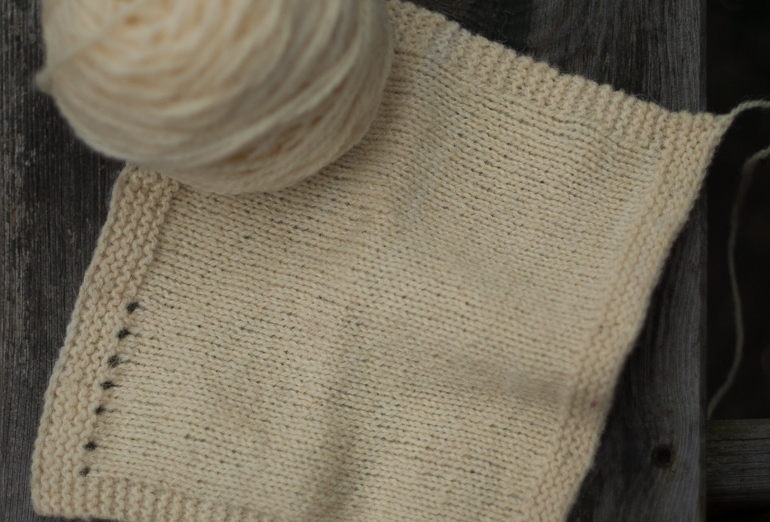
There is also something really inspiring in the colourways that Louise has produced for South Downs Yarn using natural dyestuffs. The colourway names and the plants relate back to the context of the wool itself: to the land and the sheep and the shepherding history from which it comes. I love the cohesiveness of the vision for this yarn. South Downs Yarn represents a really careful piecing together of place and wool and I am thrilled to have discovered it through the KnitBritish Breed Swatch KAL.
Thanks to Louise for organising the Breed Swatch KAL and to The Playful Day Podcast for bringing South Downs Yarn to my attention. All photos and words © Felicity Ford.